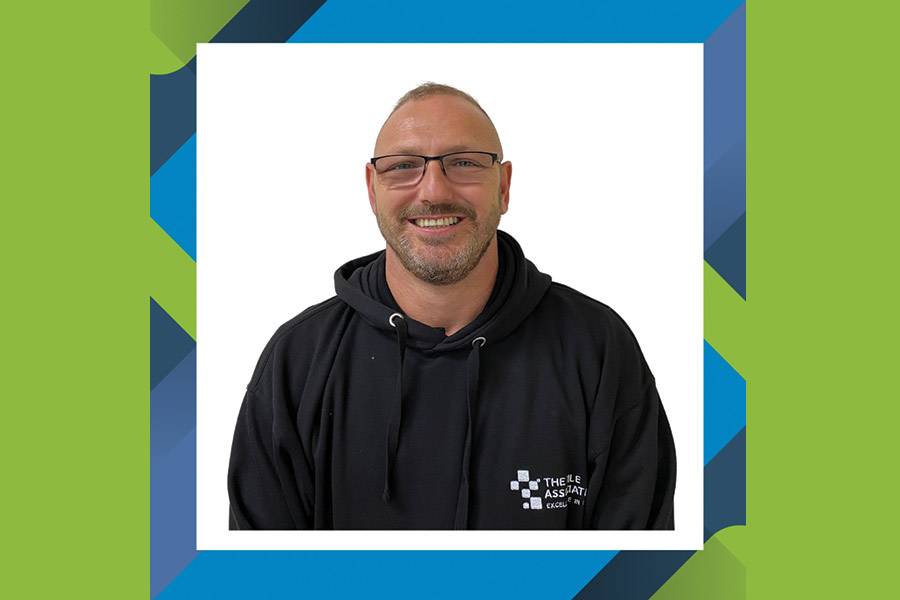Martin Pouncey, TTA’s technical & training manager, discusses some of the problems commonly faced when fixing large format tiles and panels over underfloor heating systems.
He explains some of the key considerations to keep in mind and offers practical solutions.
Large format tiles and panels are a popular choice over underfloor heating systems, increasing the surface area of tiles that keep feet warm. A key requirement when cutting and installing large format tiles and panels is to manage stresses. When used with underfloor heating systems, there will be greater adverse tension affecting the tile due to thermal expansion and movement.
It is therefore important when cutting large format tiles and panels or installing them with underfloor heating systems to minimise tension and maximise strong bonding.
Cutting
Pre-drilling pilot holes at each intersection is recommended when cutting ‘L’ shaped lines around objects such as windows, doors and electric sockets. This avoids potential stress that results in noticeable micro-fractures.
Cutting shapes using only dry scribe cutting tools and angle grinders should be avoided as this creates potential stress and cracking at the intersection of cut lines.
Here’s a step-by-step guide:
- Adapt the flat workbench to create a void for drilling holes
- Fix the tile or panel with clamps, securing it in place
- Start the hole by tilting the drill bit
- Continue drilling using oscillating movement without pushing excessively, cooling the drill bit with water if necessary
- Complete four holes (min 8mm) in each of the corners
- Use a continuous crown disc to cut out the aperture
Adhesives and grouts
Polymer-modified cement-based adhesives and grouts should be used to withstand thermal effects. Adhesives must have a minimum C1S1 classification, conforming to BS EN 12004, while grouts will be either 1) a normal cementitious grout classified as CG1 with a suitable dispersion admix or 2) an improved cementitious grout classified as CG2, conforming to BS EN 13888.
Cementitious adhesives are also available that can be mixed to a pourable consistency to facilitate the solid bedding of large format floor tiles. These should be mixed and applied strictly in accordance with the adhesive manufacturer’s instructions.
How to apply
Solid bed fixing (including back combing of the tile) is required when fixing large format tiles and panels. When combing the back of the tile with a thin coat of adhesive ensure that any indented back profiles are filled before placing the tile in position on the adhesive bed.
Adhesives should be applied using a notched trowel with adhesive on the tile and on the substrate, flowing in the same parallel direction across the shortest width of the large format tile and panel. The advice of the adhesive manufacturer on the size and type of notched trowel should be followed.
Movement Joints
Stresses in tiles can be localised with movement joints, which is especially important to plan when using large format tiles since they are more challenging to move and position.
Large format tiles and panels require a minimum joint width of 3mm. The width and spacing of intermediate movement joints should be sufficient to accommodate anticipated movement within the floor assembly so that the stresses between the flooring and heated screed remain within acceptable limits.
The maximum area bounded by intermediate joints within the heated screed should not exceed panels of 40sqm in area for ceramic and natural stone tiles and 25sqm in area for resin agglomerate tiles. The panels formed should be square to rectangular with a length to width ratio of no more than 8x5m.
Intermediate joints through the screed and tile bed should be used to accommodate differential movement occurring either between zones of heated screed or concrete operated by separate control systems or between zones of heated and unheated screed or concrete.
Further information is available for purchase in TTA’s Technical Publications and Masterclasses.
www.tiles.org.uk








